 |
 |
|


|
设计名称 |
长平矿3.0Mta新井设计[采矿工程] |
 |
|
设计编号 |
V347 | |
|
设计软件 |
AutoCAD, Word | |
|
包含内容 |
见右侧图片 | |
|
说明字数 |
66000字 | |
|
图纸数量 |
见右侧图片 | |
|
推荐指数 |
较高 | |
|
价格: |
价格优惠中 | |
|
整理日期 |
2013.09.26 | |
|
整理人 |
小林 | |
|
购买流程 |
<查看如何购买本站设计> |
|
设计简介 |
设计描述: 文档包括:
Word版说明书1份,共147页,约66000字
摘 要 ,倾向(东西)长约8.7km,井田总面积为48.72km2。主采煤层为3号煤,平均倾角为3°,煤层平均总厚为
4.60m。井田地质条件较为简单。
常涌水量为100m3/h,最大涌水量为200m3/h。矿井瓦斯涌出量较低,为低瓦斯矿井。 服务年限;4.井田开拓;5.准备方式-带区巷道布置;6.采煤方法;7.井下运输;8.矿井提升;9.矿井通风与
安全技术;10.矿井基本技术经济指标。
ABSTRACT
part. ShangXi province. The traffic of road and railway is very convenience to the mine. The run of the minefield is 5.6 km ,the width is about 8.7 km,well farmland total area is 48.72㎞2.The three is the main coal seam, and its dip angle is3 degree. The thickness of the mine is about 4.60m in all. The proved reserves of the minefield are 304.68 million tons. The recoverable reserves are 217.95 million tons. The designed productive capacity is 3 million tons percent year, and the service life of the mine is 61 years. The normal flow of the mine is 100 m3 percent hour and the max flow of the mine is200 m3 percent hour. The mineral well gas gushes
the deal higher, for high gas mineral well. expand. Main Roadway use tape transports coal, supported by the rubber tire trolley-car
equipment.
period is central committee compound, later period is the central march-past. reserves of mine; 3.The service life and working system of mine; 4.development engineering of coalfield; 5.The layout of panels; 6. The method used in coal mining; 7. Transportation of the underground; 8.The lifting of the mine; 9. The ventilation and the safety operation of the
mine; 10.The basic economic and technical norms.
analysis means, for coal-bed methane extraction were studied.
is: study on top caving coal mining parameter. |
|
部分图纸 截图 |
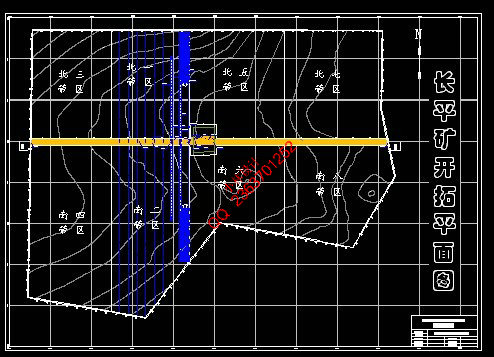 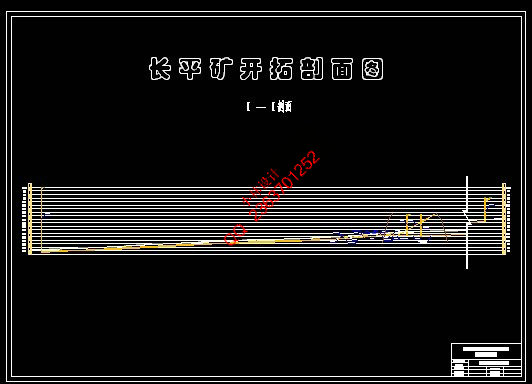 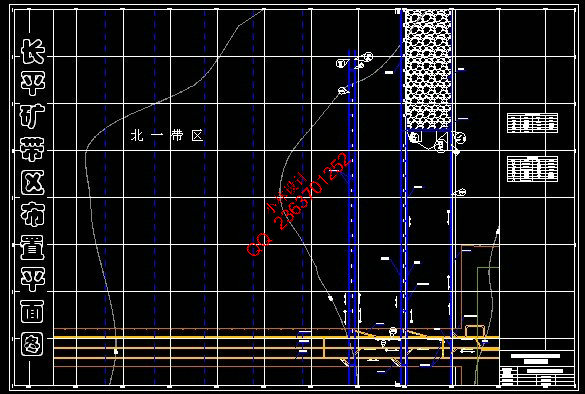 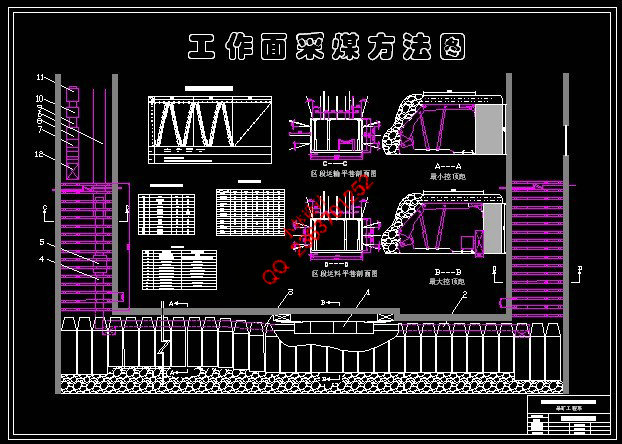 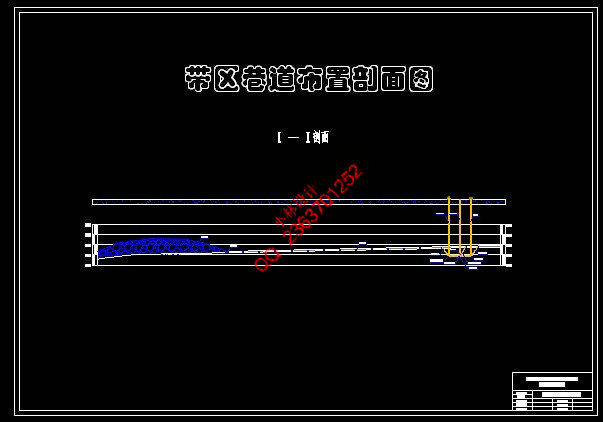 |
|
说明: |
如需了解本设计的具体详细信息请联系本站客服,说明看哪个设计(编号)哪个详细部分,我们将远程或截图给您观看. 机械毕业设计|论文 |

| [要求PR≥2,百度收录≥1000页;联系QQ:178308054] |
Powered by 小林机械资料商城 © 2013-2020 All Rights Reserved. 客服QQ:178308054
喜欢www.xiaolinbysj.com,请告诉你QQ上的5位好友,多谢您的支持! 皖ICP备2021006205号-1
